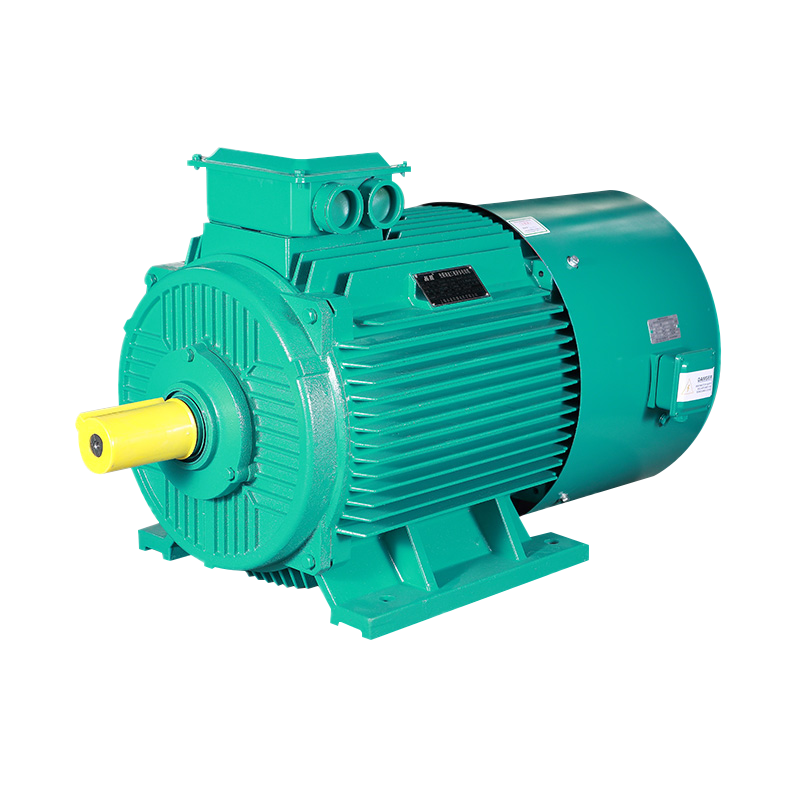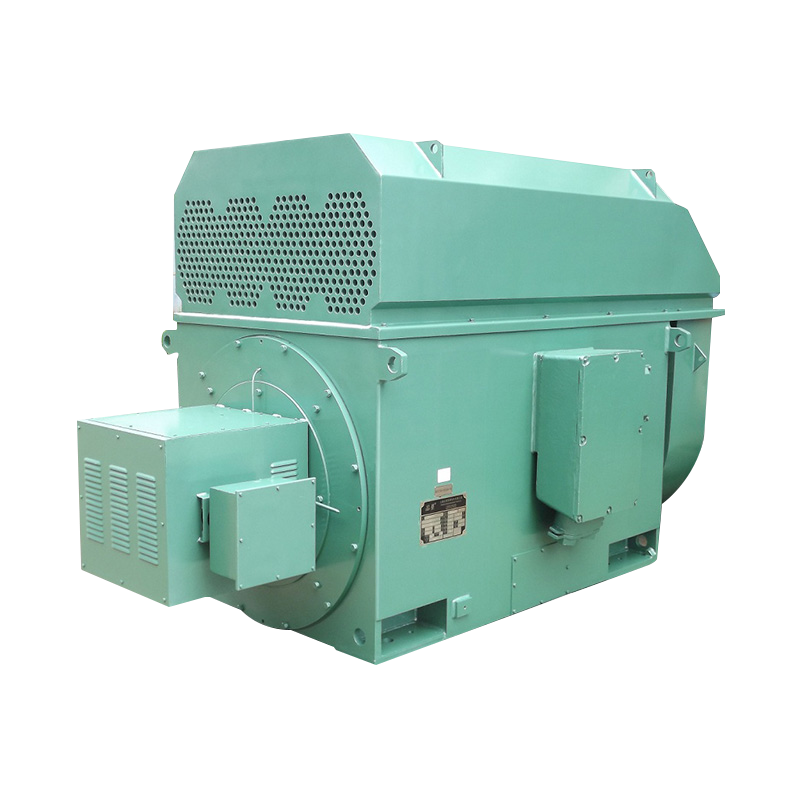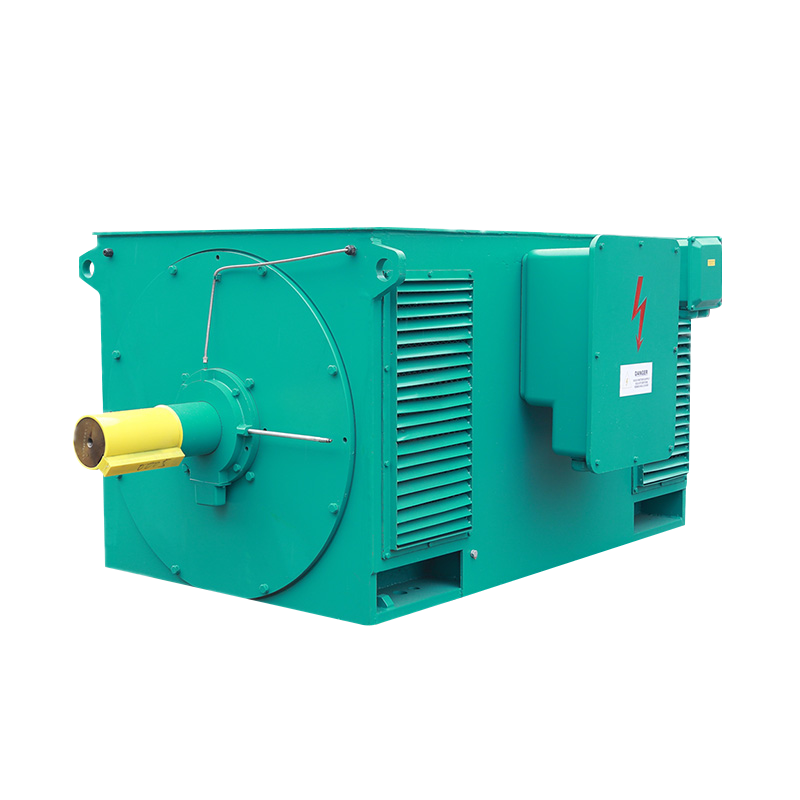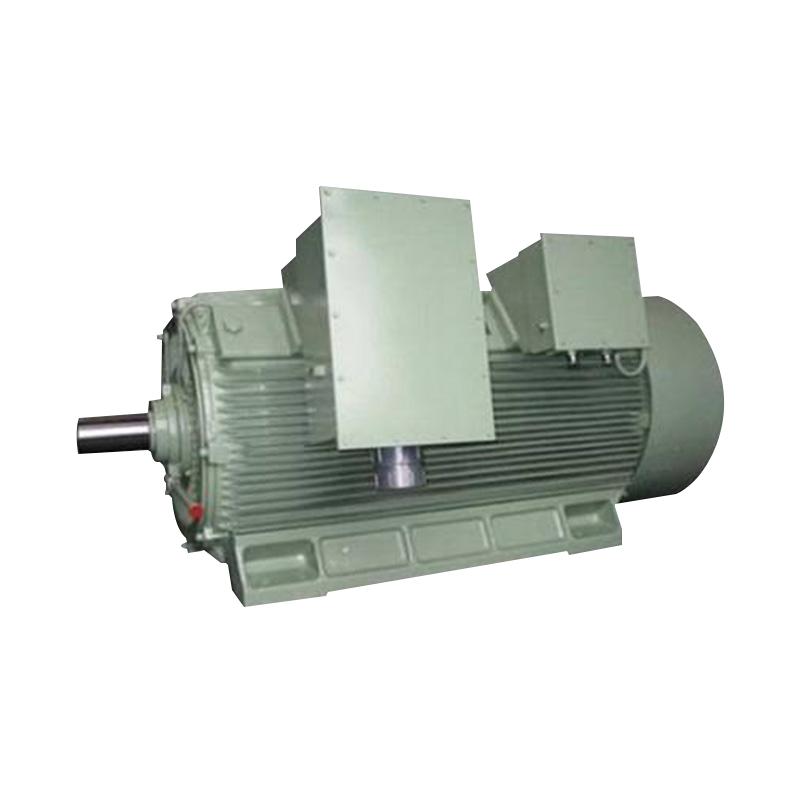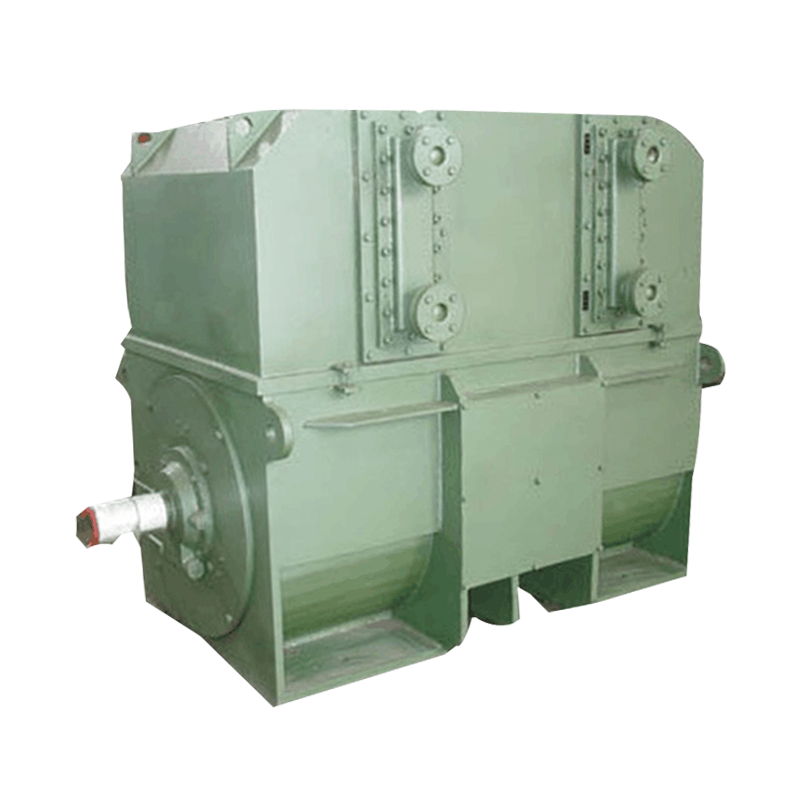How Do Low-Voltage Explosion-Proof Motors Ensure Uncompromising Safety and Efficiency in Volatile Industrial Settings?
The Core Value of Low-Voltage Explosion-Proof Motors in Critical Applications
The reliance of modern heavy industry on electrical machinery necessitates a profound focus on operational safety, especially within environments inherently prone to explosion risks. Low-voltage explosion-proof motors, specifically those engineered to robust standards like the YBX3 series, represent a critical intersection of electrical performance and stringent safety containment. These motors are not merely power sources; they are sophisticated components designed to manage the intrinsic hazard posed by electrical equipment in the presence of flammable gases, vapors, or dust clouds. Their deployment is foundational to maintaining regulatory compliance, protecting personnel, and securing high-value assets across sectors ranging from petrochemical processing to grain handling. The engineering mandate is clear: deliver consistent, high-torque power while ensuring that any internal failure—be it a spark, a thermal overload, or a flame front—remains fully contained within the motor's enclosure, preventing catastrophic propagation to the surrounding volatile atmosphere. This containment philosophy underpins their indispensable role in any facility designated as a hazardous zone.
Balancing Exceptional Energy Efficiency and Hazardous Environments: An Overview of IE3 YBX3 Motors
The Significance of Energy Efficiency Classes
The adoption of high-efficiency classes, such as IE3, for low-voltage explosion-proof motors signifies a pivotal shift toward sustainable industrial operation without compromising safety integrity. The efficiency rating dictates the proportion of electrical energy converted into mechanical work, with higher classes indicating substantially reduced energy losses, predominantly in the form of waste heat. This drive for energy conservation directly translates into lower operational expenses and a reduced carbon footprint, aligning economic viability with environmental stewardship. Crucially, the higher efficiency of the YBX3 series also influences the thermal performance within the motor. By generating less waste heat during normal operation, the overall operating temperature is inherently lower, providing an additional margin of safety in environments where surface temperature limitation is a decisive factor in preventing ignition of the explosive mixture classified by its respective temperature class. The design achieves this superior efficiency through optimized lamination materials, refined rotor bar geometry, and minimized winding resistance, all meticulously calibrated within the confines of the flameproof casing.
Technical Implementation of Low-Voltage Explosion-Proof Design
Achieving the explosion-proof designation in a low-voltage motor involves a detailed set of engineering principles focused on containing internal explosions and ensuring the external surface temperature never reaches the ignition point of the external atmosphere. The frame structure of the YBX3 series is typically cast from robust materials like iron, designed with sufficient mechanical strength to withstand the high internal pressures generated by an explosion of the flammable gas mixture that might ingress through the tight, non-sealing tolerances of the motor’s joints. Furthermore, the critical flame paths—the carefully machined gaps between components like the enclosure sections or the shaft and the housing—are precisely dimensioned and maintained. These paths function as heat exchangers, cooling the expanding hot gases as they attempt to exit, thereby ensuring that any emerging flame is cooled below the auto-ignition temperature of the external hazardous environment before it can escape and initiate a larger, external disaster. This flame path principle is a cornerstone of the flameproof (Ex d) protection concept.
Ensuring Critical Process Stability: YBX3 Motors in Petrochemical and Mining Industries
Safe Powering of Agitation Equipment in Chemical Plants
In the chemical and petrochemical processing industries, agitation is a non-stop, critical process necessary for mixing reactants, maintaining thermal uniformity, and preventing sedimentation in large vats and reactors. The motors driving these **High-Efficiency YBX3 Motor for Chemical Plant Agitators** are exposed to vapors and gases from solvents and raw materials, demanding the highest level of explosion protection. The YBX3 series, with its robust construction and certified flameproof design, provides the necessary dependable power for these continuous-duty applications. The motor’s high starting torque capability is often a prerequisite for successfully initiating the movement of high-viscosity or settled media within these large containers, ensuring that production cycles can start reliably and maintain the required throughput without interruption. The motor's inherent resistance to corrosive environments, provided by specialized paint and casing treatments, further extends its viability in these aggressive chemical plant settings.
The Stringent Demands of Oil and Gas Drilling and Refining Facilities
The oil and gas sector presents some of the most challenging operational environments, from offshore platforms to onshore refineries, where hydrocarbons are constantly present. **Selecting YBX3 Motor for Oil and Gas Drilling Equipment** and processing pumps requires a detailed analysis of the Zone classification and gas group. These motors are essential for driving mud pumps, crude oil transfer pumps, compressors, and ventilators, all of which operate in close proximity to methane, propane, and various hydrocarbon vapors. The frame size specifications, such as the full range covered by H:80-355MM, allow for precise matching of the motor's physical and power output characteristics to the specific mechanical loads encountered in drilling and refinery operations, where reliable, sustained performance under load is not just an efficiency concern, but a fundamental safety requirement.
Maintenance Strategies for Extending Operational Lifespan and Reliability
Preventive Maintenance for Large Frame Size YBX3 Series Motors
The longevity and reliability of larger frame motors, such as those at **YBX3 Series Frame Size 355 Flameproof Motor Maintenance Guide** levels, are heavily dependent on rigorous preventive maintenance schedules. Due to their high power output, which translates into increased mechanical and thermal stress, regular checks extending beyond typical electrical testing are essential. Maintenance protocols for these larger units must meticulously cover bearing condition monitoring, ensuring correct lubrication intervals and type, and detailed inspection of the flame paths. Any mechanical damage, corrosion, or contamination that compromises the precision gap of the flame paths necessitates immediate remediation or replacement, as the motor's explosion-proof integrity hinges on these narrow tolerances. Vibration analysis is also paramount, as excessive vibration can indicate rotor imbalance or bearing wear, both of which can lead to rapid motor degradation and an unacceptable reduction in safety margin.
Deepening the Understanding of Protection Rating: The Practical Meaning of IP55
The IP (Ingress Protection) rating of a motor, specifically **Understanding IP55 Protection YBX3 Low Voltage Motors in Hazardous Zones**, is frequently misunderstood but fundamentally important for operational stability and longevity. IP55 is not a measure of the motor's explosion-proof capability, but rather its defense against the ingress of solid foreign objects and water. The first '5' indicates strong protection against dust ingress, stating that while complete ingress is not prevented, the amount entering will not interfere with the satisfactory operation of the equipment. The second '5' denotes protection against low-pressure water jets from any direction. In a hazardous zone, this level of protection is vital for safeguarding the motor's internal electrical components from environmental degradation, especially in outdoor or washdown environments, preventing premature failure that could potentially lead to internal sparking or overheating, thus compromising the flameproof enclosure's integrity.
Forward-Looking Summary: The Outlook for Next-Generation Hazardous Area Motor Technology
The continuous evolution of industrial safety and efficiency standards is driving innovation in hazardous area motor technology. Future iterations will likely see a greater integration of smart monitoring technologies, incorporating sensors for real-time vibration, temperature, and partial discharge analysis, feeding data into predictive maintenance platforms. These advancements will move maintenance from periodic, scheduled interventions to condition-based, optimizing operational uptime and further enhancing safety margins. The focus will remain on even higher efficiency classes, perhaps integrating permanent magnet synchronous motor technology into explosion-proof enclosures, pushing the boundaries of power density and energy conservation while adhering to the unyielding necessity of absolute containment in low-voltage explosive environments.
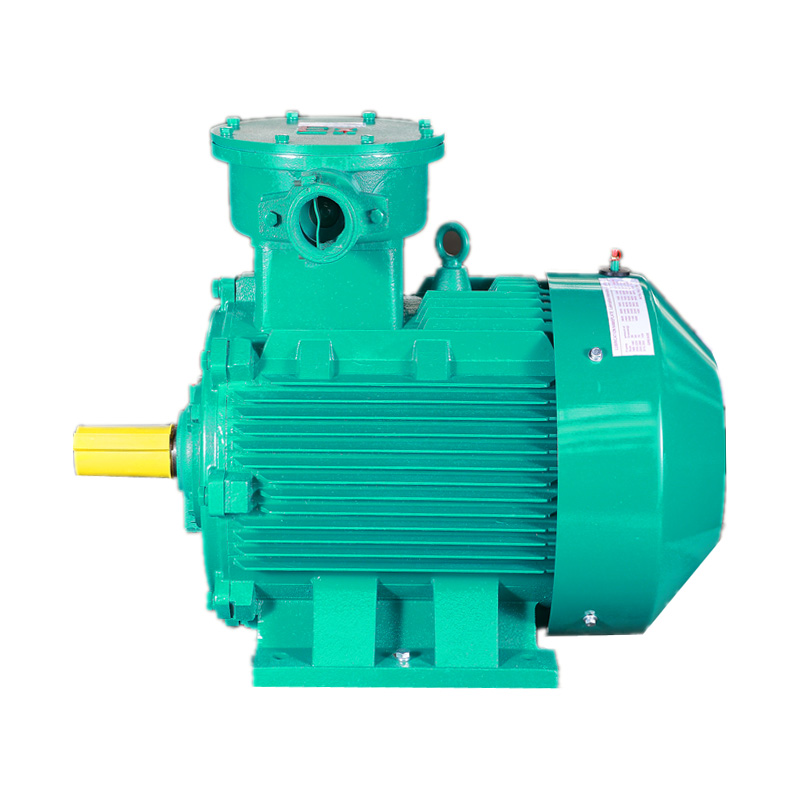





 English
English русский
русский Français
Français عربى
عربى
